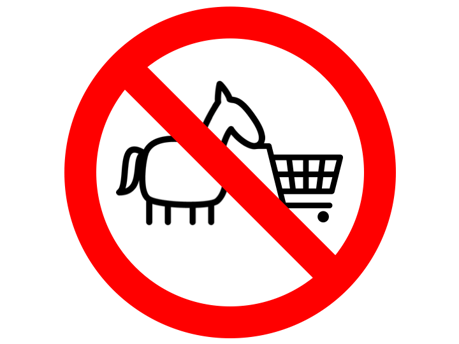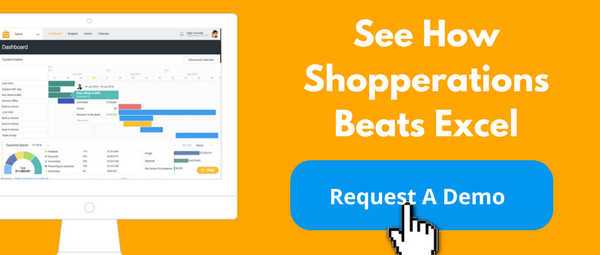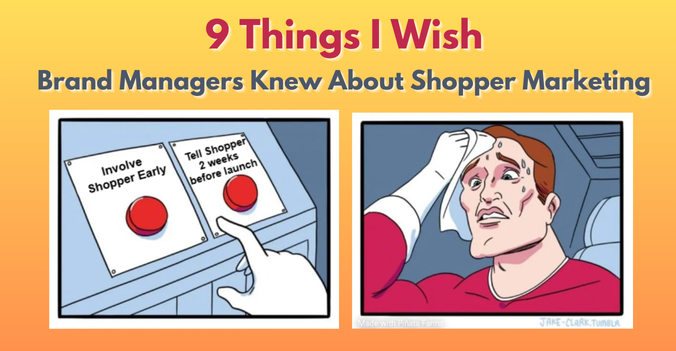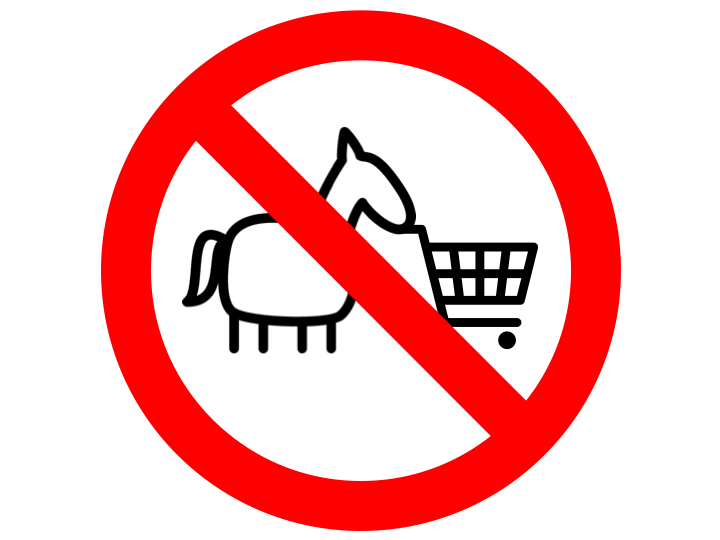
Are you obsessing about marketing ROI and advanced analytics methods? Do you aspire to optimize your marketing spend? Join the club – or, perhaps, hold on to those club dues for a minute.
While you are absolutely right to be investing time to map out your measurement and analytics strategy, most of this "measurement" talk may be premature for your organization.
In our conversations with CPG marketing leaders, we see a consistent and strong desire to implement sustainable measurement processes and practices for their teams. Having a measurement strategy and post-event analytics capability is extremely important and should become the foundation for any data-driven marketing organization.
However, in their zeal to measure and report results back to the management, marketers often forget about a key step: ensuring availability of good data.
The biggest hurdle in the modern CPG analytics space is lack of timely, complete and harmonized data. Stories of shopper marketing analytics projects that take six months just to manually gather input data are typical and are a testament to how hard good data is to come by.
Most CPG marketers would agree that existing Post-Event Analysis (PEA) processes are sub-optimal because they are:
1. Tedious
Current manual data-gathering methods are unsustainable because they drain the team's scarce resources and distract from core activities, such as planning, selling in and executing marketing campaigns. In order to measure a year’s worth of marketing activities, the entire department has to meticulously collect data from hundreds of disconnected spreadsheets and sift through dozens of systems and folders, all while continuing to do their “real” jobs. Something’s got to give, and that something is typically enthusiasm for the data gathering method and commitment to the metrics.
2. Costly
To get a marketing analytics project off the ground, countless external consultants, agency account teams and internal employees gather and harmonize input data. These efforts can easily double the cost of the analytics project due to its highly involved, manual nature. All in all, the final price tag for a large, well-established analytics capability may range between several hundreds of thousands to low millions of dollars.
3. Incomplete
Because of the expensive and manual nature of today's analytics, CPG marketers have to carefully prioritize what types of promotions get measured, often resulting in less than half of their spend going through the PEA process.
4. Inconsistent
Due to the lack of standardization and planning automation, the PEA process remains highly subjective, prone to human errors and highly dependent on strong executive sponsorship. Rather than being viewed as a useful decision support tool, PEA often becomes for the end users a painful chore that is happily de-prioritized, dropped altogether or completely reformatted once leadership changes.
5. Slow
With manual data gathering, it can take months to get PEA results. By this time, the team has moved on and is immersed in next year’s planning. While slow analytics is a common issue for most CPG marketing functions, this pain is more acute for shopper marketers because sell-in lead times, especially with large key accounts, may span 6-12 months and prevent them from acting on the newly gathered knowledge as soon as it’s available. It's typical to see a measure-learn-implement cycle time of 18-24 months -- an extremely long time, considering that the retail space evolves so rapidly.

Before you invest a penny into your PEA process and hire consultants to gather and process your data, take a step back and ask yourself …
- Why do we need analytics? Is it to empower the team to make better decisions or justify the increase of your marketing budgets back to the enterprise … or something else? Different answers could drive very different analytics philosophies and approaches.
- Do I build a brand new analytics capability for my shopper marketing team or do I leverage existing analytics streams, such as Marketing Mix Analysis (MMA) and Trade Promotion Optimization (TPO)? While it's tempting to develop a shopper marketing analytics model from the ground up, it may be costly and will require cross-functional buy-in and constant defense.
- How can I reduce the data gathering burden on my team? What collaborative planning solutions and marketing automation systems will work best for us? Such systems, apart from delivering quality data, or "raw materials" for your analytics efforts, will have numerous additional benefits: improve visibility, boost productivity, increase organizational alignment and speed of decision-making.
Answers to these questions will help ensure that your analytics and measurement efforts do not turn into one-off exercises that quickly fall apart when going gets tough, such as in times of headcount shortage or budget cuts.









